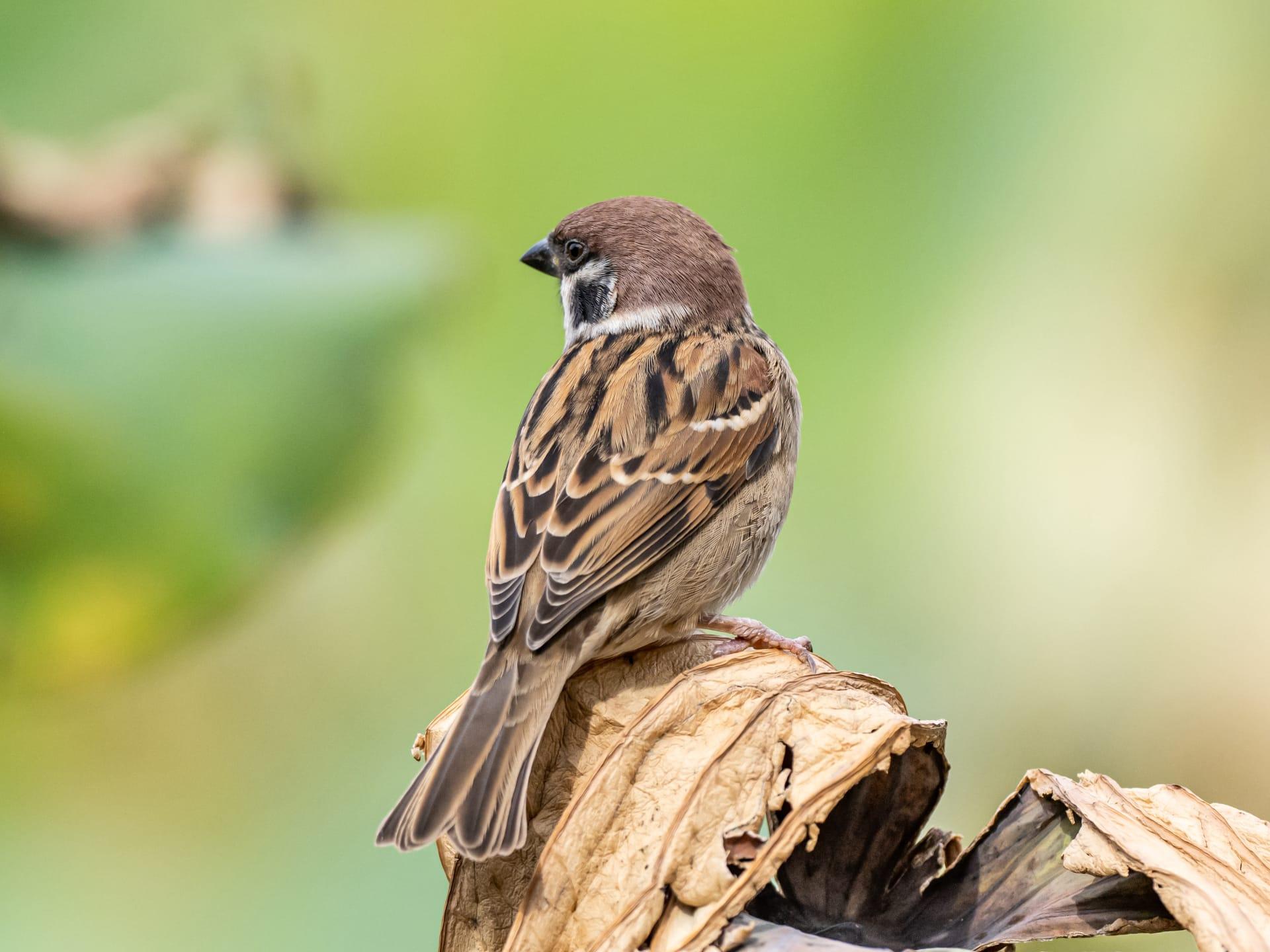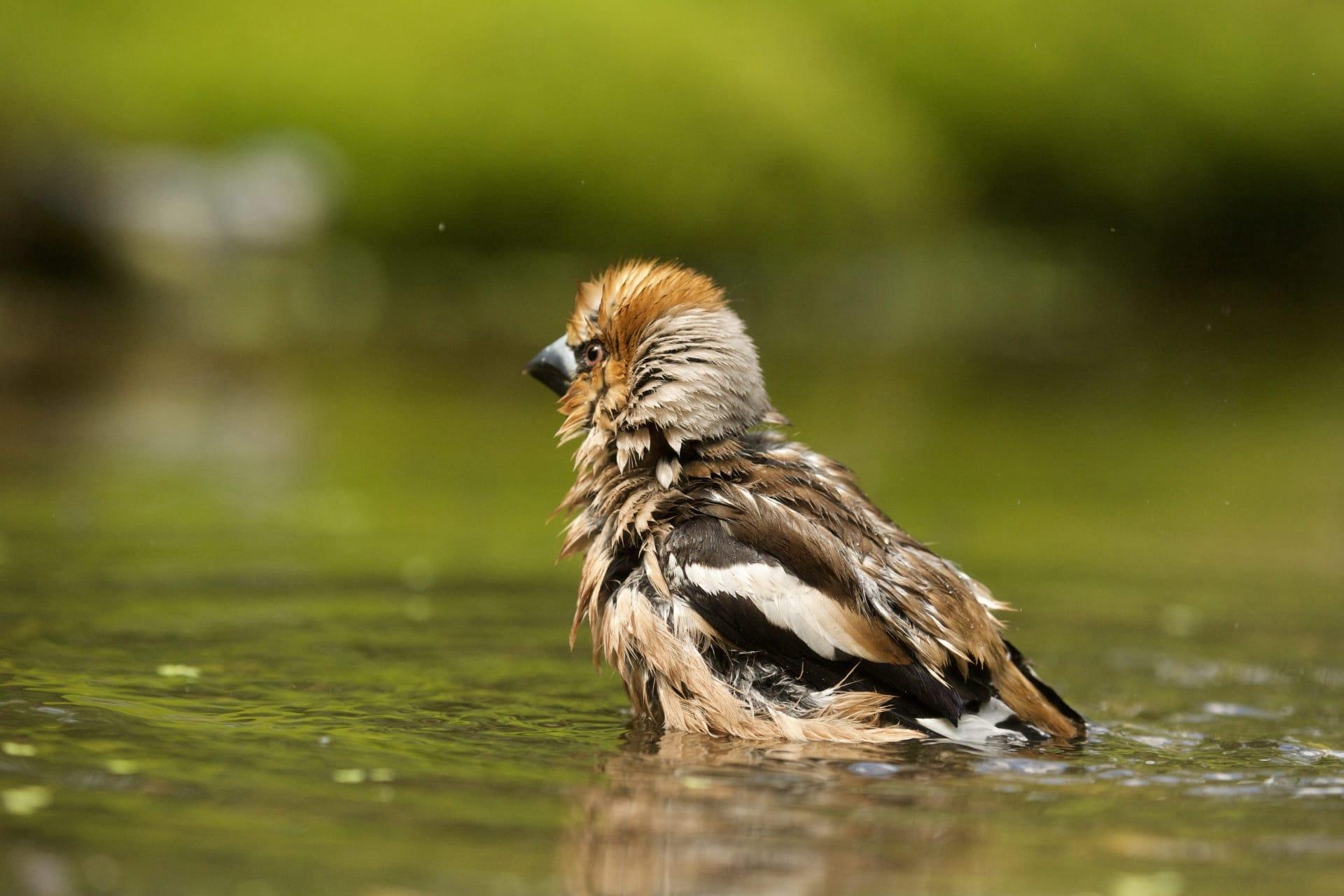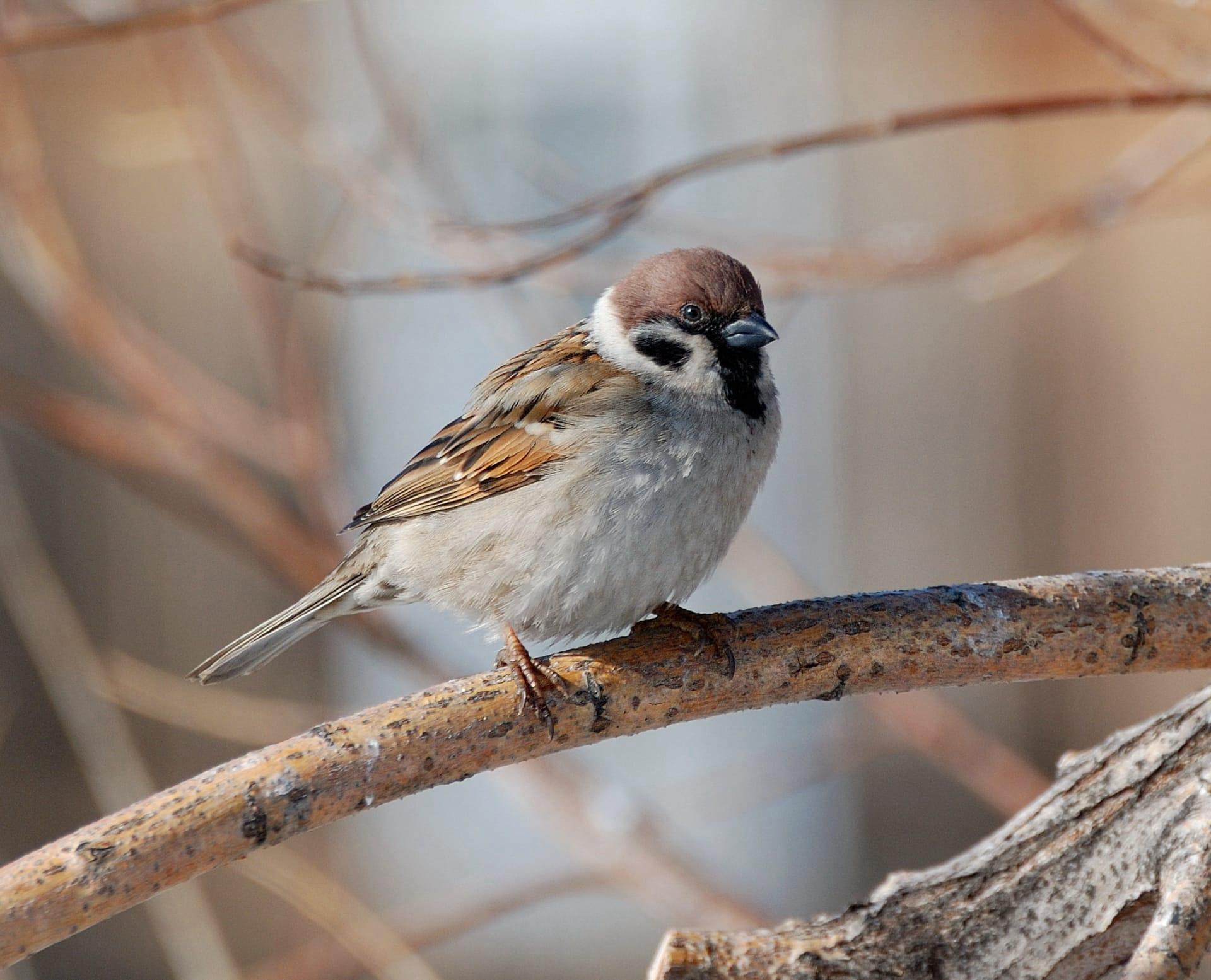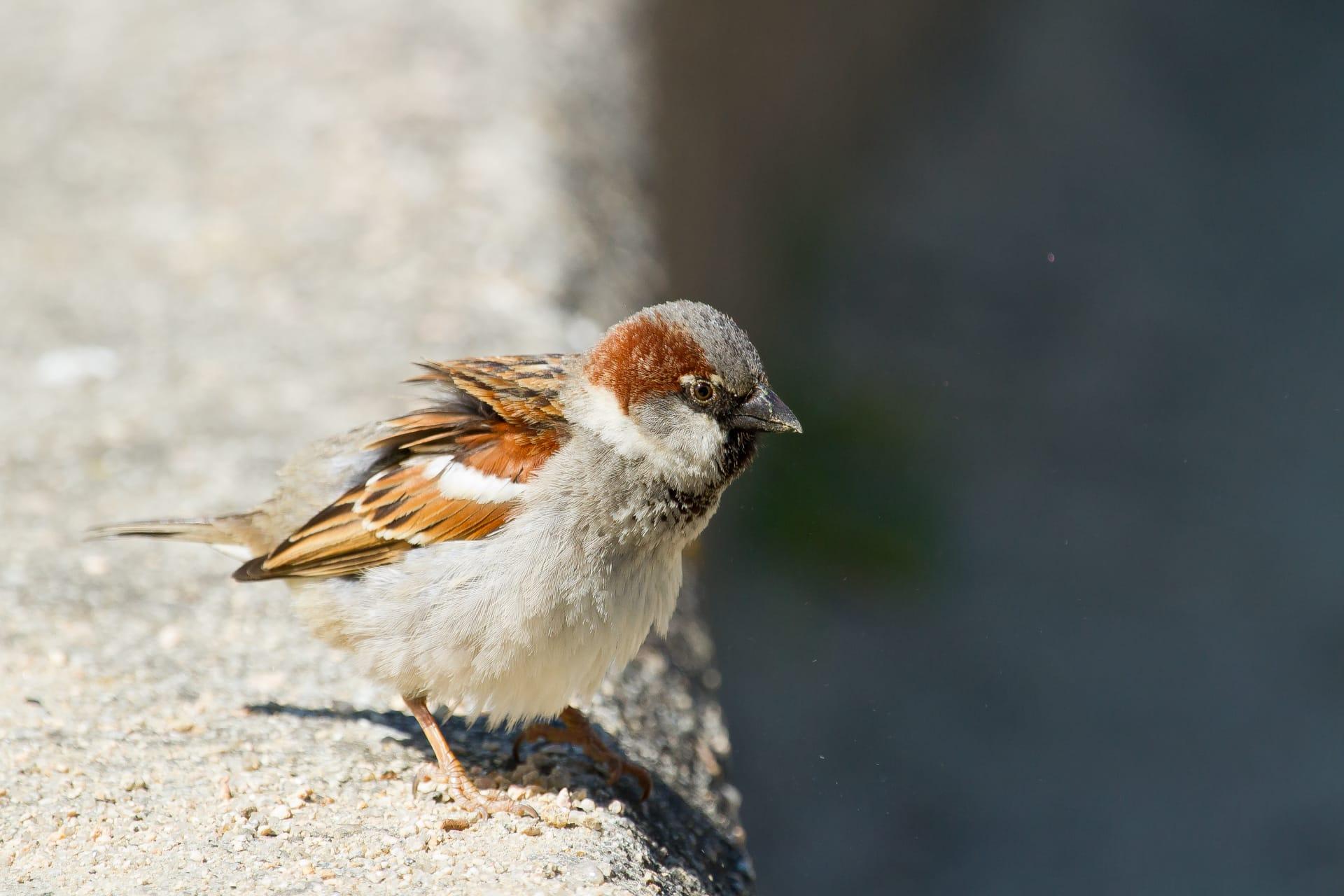Sparrow Characteristics
- Home /
- Mini Encyclopedia /
- Animal /
- Sparrow Characteristics
1
Sparrows, small yet fascinating creatures, boast a diverse array of physical characteristics. Typically, these birds measure around 12 to 18 centimeters in length, with a wingspan that ranges approximately from 15 to 20 centimeters. Weighing in at about 20 to 40 grams, sparrows are lightweight, nimble flyers. Their lifespan can vary, but on average, a sparrow lives around 3 to 5 years in the wild, though some have been known to survive up to 10 years under optimal conditions.
One of the most remarkable organs in a sparrow is its syrinx, a specialized vocal organ unique to birds. This structure, located at the base of a bird's trachea, enables sparrows to produce a wide range of sounds, which is crucial for communication. Sparrows use various chirps, tweets, and trills to communicate with each other, attract mates, and even signal alarm. The complexity and diversity of these sounds are a testament to the intricacy of the syrinx, making it a pivotal feature in their survival and social interaction.

2
Question: Why do sparrows often dust bathe?
Answer: Dust bathing is a common behavior observed in sparrows, and it serves several important purposes. Firstly, it helps them to maintain feather health by removing parasites, like lice and mites. The dust works its way into the feathers and absorbs excess oil, dirt, and other debris. Secondly, this behavior is thought to provide a form of relief from skin irritation. The dust bathing ritual involves the bird fluffing up its feathers, lying in dust or dry earth, and then wriggling around. By doing this, sparrows ensure that their feathers remain clean and in optimal condition for flight and insulation.

3
Sparrows are known for their agility and speed in movement. They have a rapid, flitting flight pattern, often seen darting through the air at high speeds. When foraging, they exhibit quick, jerky movements on the ground. Their strong, muscular legs enable them to hop efficiently, which is their primary mode of locomotion when on land. This agility is essential for avoiding predators and navigating through dense vegetation.
In terms of feeding habits, sparrows are primarily seed-eaters, but their diet is quite varied and includes insects, especially during the breeding season when protein is crucial. They forage on the ground, using their strong, conical beaks to crack open seeds. The versatility in their diet is a key factor in their adaptability to different environments. They also display opportunistic feeding behavior, often visiting bird feeders and scavenging for scraps in urban areas.

4
Sparrows are highly adaptable and can thrive in a variety of environments, ranging from rural farmlands to urban cityscapes. They often prefer habitats that provide ample food sources and nesting sites, such as bushes or trees. However, their ability to adapt to human-modified landscapes has allowed them to become one of the most common bird species in urban areas worldwide.
Regarding reproduction, sparrows are monogamous, typically forming pairs for a breeding season. They are known for their resourceful nesting habits, often building nests in natural cavities, ledges, or in man-made structures like eaves and street lights. A typical clutch consists of 3 to 5 eggs, which are incubated for about 11 to 14 days. Both parents are involved in raising the young, which fledge approximately 14 to 16 days after hatching. This communal approach to rearing young ensures a higher survival rate for the offspring.

5
Book: "The Sparrow: A Natural History of the Sparrow" by Derek Niemann (UK, 2010). This book delves into the world of sparrows, exploring their biology, behavior, and the relationship they share with humans. Niemann's narrative combines scientific information with engaging anecdotes, offering a comprehensive view of these birds and their adaptation to diverse environments.
Book: "Sparrows: Identification and Behavior" by Ted R. Anderson (USA, 2008). Anderson's book focuses on the identification and behavioral patterns of various sparrow species. It provides detailed descriptions and insights into the life of sparrows, including their feeding habits, mating rituals, and migration patterns. The book is a valuable resource for birdwatchers and anyone interested in understanding these ubiquitous birds in greater depth.